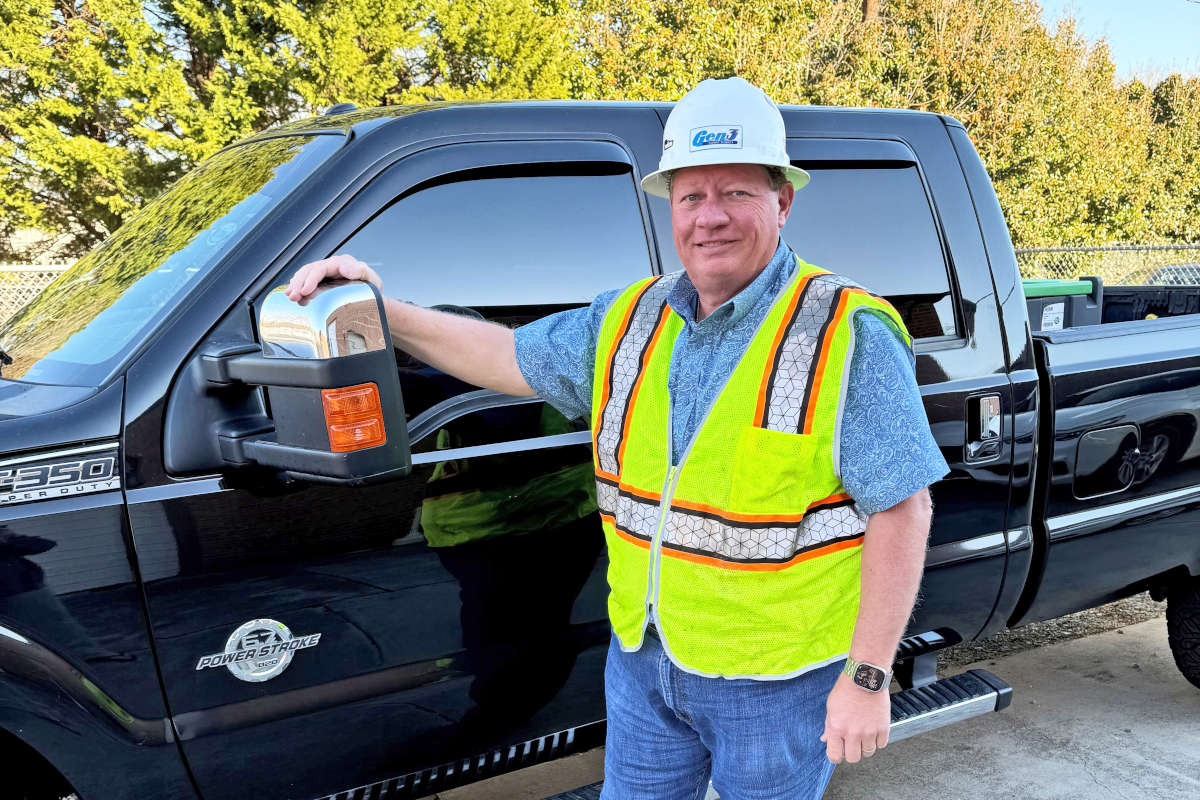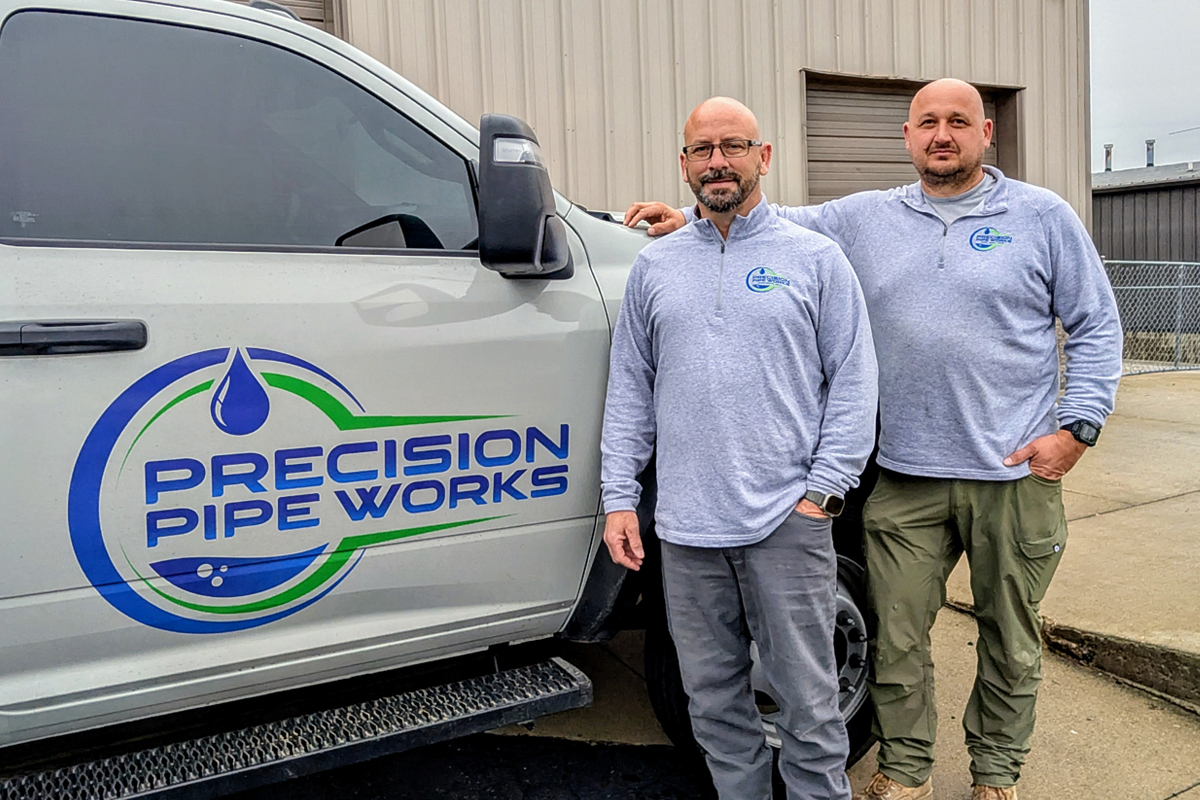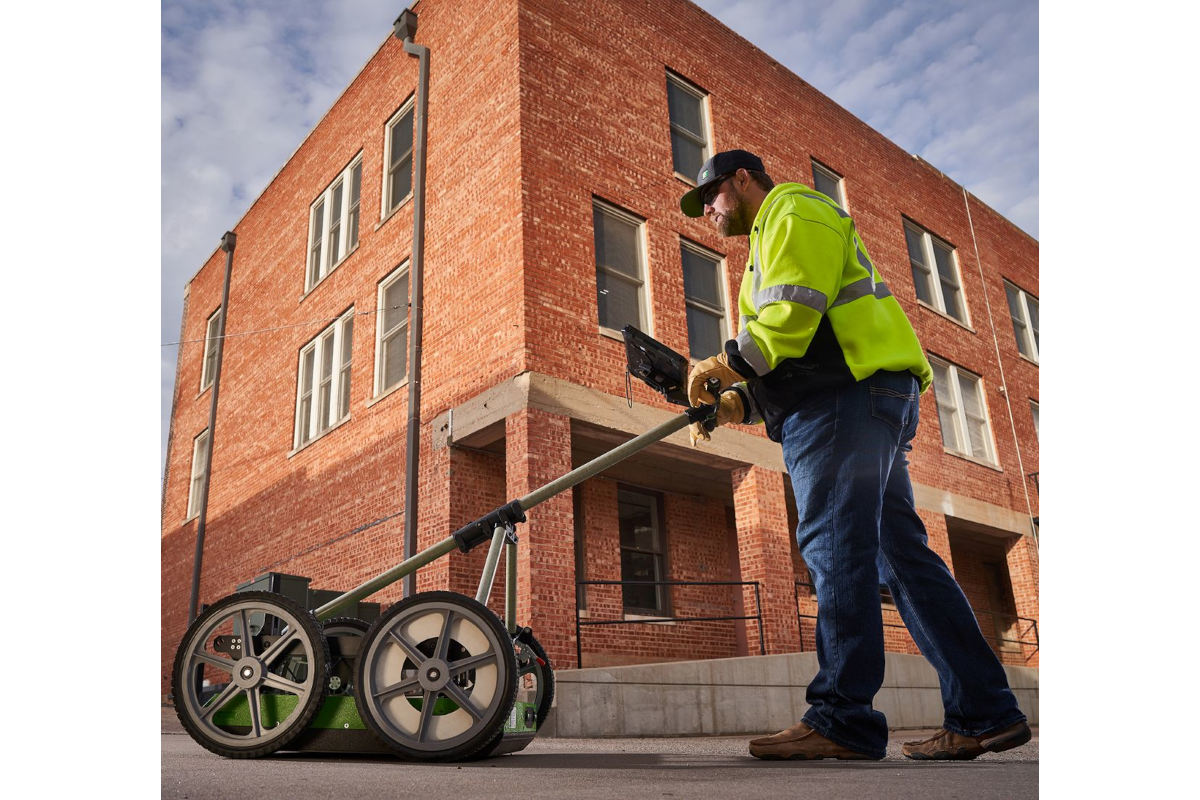
Trenchless Technology Repairs Sewer Pipes without Interfering with Airport Operations
The force main pipes under Minneapolis-St. Paul International Airport were due for an inspection. According to Peter Boyer, P.E., of engineering firm TKDA, airport officials were concerned about possible glycol leakage (in winter the pipes carry deicer, under pressure, from the deicing pads). The airport is required to inspect and maintain the lines every five years, Boyer explains.
TKDA – which has a 70-year relationship with the airport and its governing body, the Metropolitan Airports Commission – was tapped to find a solution.
The St. Paul-based engineering firm devised a multi-faceted plan based upon cured-in-place pipe (CIPP) rehabilitation. That trenchless technology would be more cost-effective and allow the airport to continue operating. TKDA hired Visu-Sewer, Inc. of Pewaukee, Wis. to perform the rehabilitation.
Visu-Sewer’s Division Manager, Alex Rossebo, P.E, says the work his teams performed was in many ways routine for their industry. But it also entailed some unique aspects.
The project involved inspecting and rehabilitating a portion of the storm sewer pipe surrounding Terminal 1 (and its deicing pad), along with a few pipes serving Terminal 2.
RELATED: Strategic, Cost-Effective I&I Reduction in Wisconsin
Visu-Sewer, a member of National Liner for 24 years, deployed eight trucks and 12 employees from its headquarters, near Milwaukee. The firm had previously performed some work at Milwaukee’s General Mitchell International Airport, Rossebo says, so they felt confident about the Minneapolis project.
Arriving in late August 2018, one Visu-Sewer crew set about cleaning and televising all 11,500 ft of pipe assigned to them. That process took about three weeks.
Meantime, a second crew followed and began CIPP lining with National Liner. TKDA had identified nearly 2,000 ft of pipe in need of rehabilitation ranging from 15 to 54 in. in diameter.
Visu-Sewer utilized subcontractor Minger Construction Co. Inc. of Jordan, Minn., to pressure test the deicing force main pipes. Minger was looking for any signs of exfiltration, Rossebo says.
For installation, crews first turn the liner inside out. That exposes the resin-impregnated woven material inside. After the pipe is fully inserted underground, it is cured to set the resin. Visu-Sewer used steam to cure pipes up to 30 in. diameter. The 36- and 54-in. pipes were cured with water heated to approximately 160 F. After curing, each pipe was cooled sufficiently, and crews ran a camera through to verify the pipe had cured properly.
RELATED: Visu-Sewer & Trenchless Technology Go Hand-in-Hand
Visu-Sewer took a systemic and choreographed approach, Rossebo notes: Clean and televise, then follow with CIPP lining. Simultaneously, another crew grouted several leaking joints and performed short lining over some deteriorated spots in pipes. Finally, identified manhole structures with minor deterioration were given a 1-in. application of Strong Seal, a cementitious material applied by Visu-Sewer.
Project Entailed Unique Circumstances
Airport protocol played a big part in this project. Employees underwent background checks and were issued security badges. To minimize disruption to airport operations, work was performed between 10 p.m. and 5 a.m. Upon arrival each night, the trucks were scrutinized thoroughly at the security gate. Crews arrived 20 to 30 minutes early to ensure they’d clear security in time. Lining the 54-in. pipe was done in two sections: one 600-ft long and the other 84-ft long. At 70 lbs per linear foot, the 600-ft section weighed 42,000 lbs and had to be brought in on a semi.
Visu-Sewer utilized a crane to feed the 54-in. liner from the semi trailer into the inversion roller. To comply with FAA regulations, Visu-Sewer monitored the crane boom to ensure it stayed under 125 ft in height.
Trucking the 600-ft section had to be timed just right, Rossebo explains. Crane operation was restricted from 11 p.m. to 4 a.m. The 600-ft section left the National Liner warehouse in southeastern Wisconsin and arrived by the start of work that night. Under a short time constraint, the crew worked diligently and was able to accomplish the inversion on schedule.
Each week Rossebo developed a plan for what he wanted to accomplish and worked closely with Boyer of TKDA and airport authorities for requested nightly gate closures. Most of his plans were honored, he says. But on occasion crews had to move to a different area due to last-minute changes by the airport or because a plane arrived unexpectedly. Heavy rains also played a factor in a couple of late cancellations or forced Visu-Sewer crews to finish their work early in the shift.
Noting that the lining process must not stop once it has begun, Rossebo commends airport authorities for being flexible those few times when there was a slight delay in the CIPP process. “They were very accommodating,” he says.
RELATED: Antiquated Sewers Get a Modern Makeover in Iowa
A radio-equipped airport employee was assigned to the project by TKDA for its duration. In contact with the terminal, that person helped coordinate gate closures and the movement of vehicles. “Our airport radio contact was extremely helpful in making each night’s work progress smoothly,” Rossebo says.
Visu-Sewer was able to complete most of the work by the time cold weather arrived in midOctober. They will return in spring 2019 to complete the remaining CIPP work.
Due to the logistics of this operation, Rossebo says their production rate wasn’t the same as for a typical street project. Even so, “We did very well. Some nights we exceeded what we thought we’d get accomplished,” he says.




